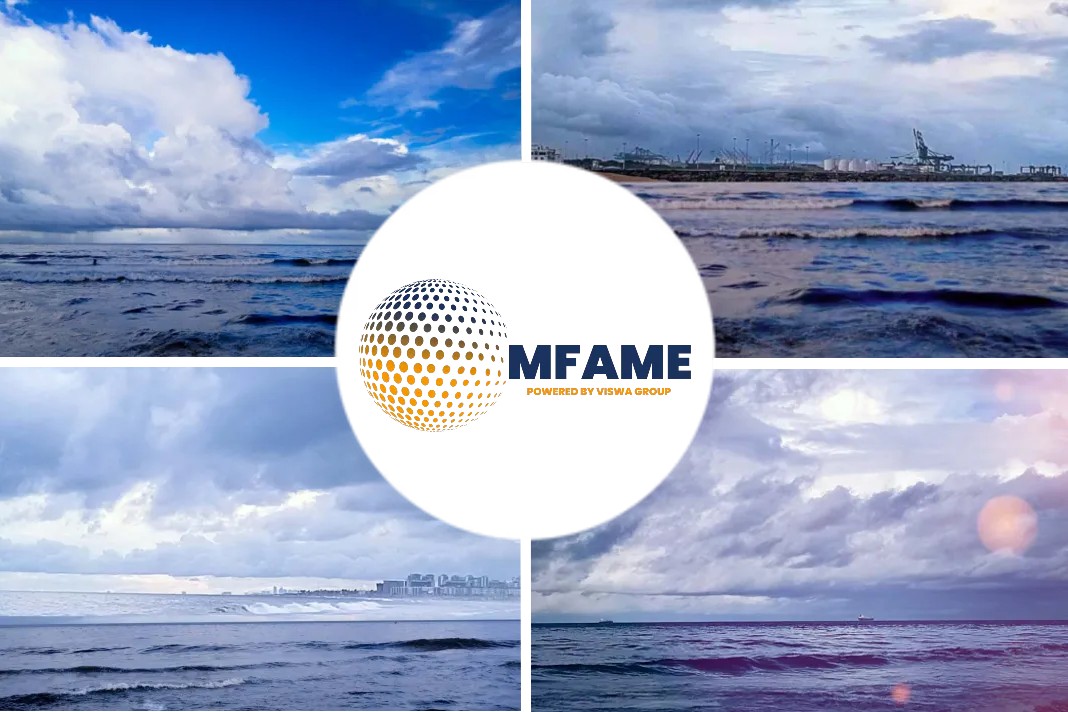
A recent study, titled “CII and EU Maritime Decarbonization,” conducted by the research center CE Delft on behalf of the Environmental Defense Fund Europe, found that if European policymakers required ships to achieve top performance (A, B) in climate label Carbon Intensity Indicator (CII), ships could reduce emissions by up to 23% and as much as 30% by 2030, reports Offshore Energy.
Calculating operational carbon emissions
Under the regulation, the International Maritime Organization (IMO) mandates that ships with a gross tonnage (GT) of 5,000 or more, falling under specific categories, must annually calculate their operational carbon emissions.
These ships are then assigned CII labels, ranging from A to E, based on their carbon intensity performance. To promote carbon emission reduction, the system is structured such that ships failing to improve their operational carbon intensity risk receiving lower CII labels over time.
Furthermore, the IMO requires ships to create a corrective action plan if they consistently receive a D rating for three consecutive years or an E rating in a single year. This plan aims to help them achieve the necessary annual operational CII for a C rating.
CII is a meaningful tool?
The study looked into whether the CII is a meaningful tool that additional measures could use to ensure the timely decarbonization of the EU maritime shipping sector.
“Shipping’s global labeling scheme is a very useful decarbonization tool, which the industry has spent more than two years preparing its vessels and operations for,” said Panos Spiliotis, Senior Manager, EU Transport at Environmental Defense Fund Europe. “By properly enforcing it, the European Union and its Member States would be first movers in the race to reduce emissions from the world’s biggest ships and would boost newcoming industries for green fuels and energy saving technologies.”
As a major trading bloc, the European Union could make use of Port State Control (PSC) powers to tighten enforcement and require ships calling at European ports to achieve the CII grades necessary to achieve global climate goals, CE Delft said.
Ships need these emission reductions to meet the IMO 2030 indicative target of a 20% reduction in emissions compared to 2008 levels.
The study also found that cargo ships –including containers, bulk carriers, and tankers – can reach and maintain A and B grades by implementing climate-friendly vessel speeds, as well as using energy-saving technologies, sustainable biofuels, and green e-fuels such as e-methanol and e-ammonia.
Did you subscribe to our daily newsletter?
It’s Free! Click here to Subscribe!
Source: Offshore Energy















![[Watch] How a Ship Engine Works – 4 Stroke Marine Diesel Engine](https://mfame.guru/wp-content/uploads/2023/11/mfame-tanker-100x70.jpg)